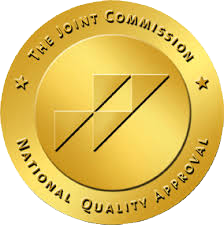April is Testicular Cancer Awareness Month. Men between the ages of 15-35 are at the highest risk for developing testicular cancer, though the cancer is extremely rare. With early intervention, testicular cancer can be stopped. Almost 9,000 men are diagnosed with testicular cancer each year, but a much smaller amount of men have died from the disease.
According to Men’s Health, the U.S. Preventive Services Task Force “does not recommend that men regularly perform self-exams”. The article cites a survey conducted by the Center for Advocacy for Cancer of the Testes International which asked 1,000 men if they did self-exams for testicular cancer. Nearly half of the men surveyed answered that they did not perform self-exams for testicular cancer. It is important to note, the article stated, that the survey was conducted neither by a research institute nor a medical group; therefore, the findings shouldn’t be taken with too much weight. Some of the findings are worth noting, however, like the fact that many men surveyed were not well educated in what can or cannot cause testicular cancer. For example, forty percent believed that testicular cancer could be caused by “…tight underwear, taking a spin class, or having too much sex”. Testicular cancer cannot be caused by any of these conditions.
Self-Exam Tips For Testicular Cancer Screening
Here are the instructions for performing a self-exam on yourself, provided by Men’s Health
- “Hold the top of your left testicle between your thumbs and forefingers, and roll it around gently to feel for lumps. Then do the same thing on the right side.”
- “If you feel any hard lumps or changes in the texture or size of your scrotum, call your doctor and make sure to get yourself checked out, if only to give you some peace of mind.”
Signs And Symptoms
Men’s Health explains that there are five symptoms and signs of testicular cancer which need to be confronted. First, is a “heavy feeling in the scrotum or belly”. Second is a change in testicle size, either growing or shrinking. Third, is experiencing swelling in the legs which can be caused by a blood clot brought on by testicular cancer. Fourth is a condition called gynecomastia, which is when testicular tumors create hormone production which causes breast growth or breast tenderness in men. Lastly, is chronic lower back pain and shortness of breath which could be caused by the spread of testicular cancer throughout other lymph nodes.
Your health in recovery matters. The men at Tree House Recovery get into the best health of their lives while in treatment. Pushed to their physical fitness edges, our programs transform men’s lives from the inside out. Call us today for information: (855) 202-2138






